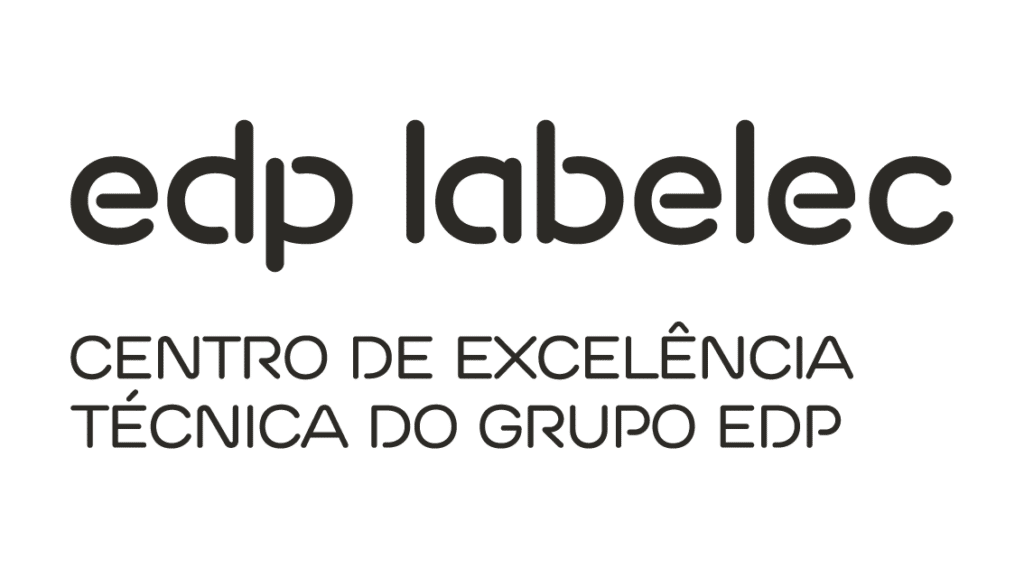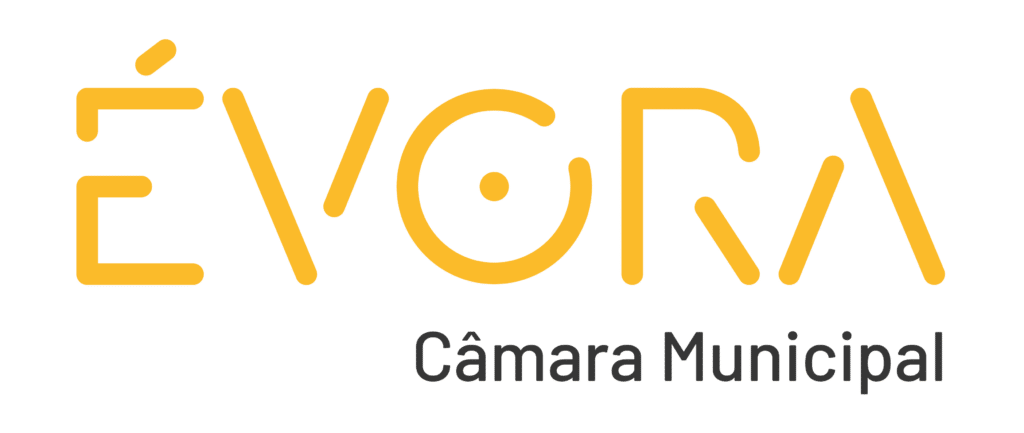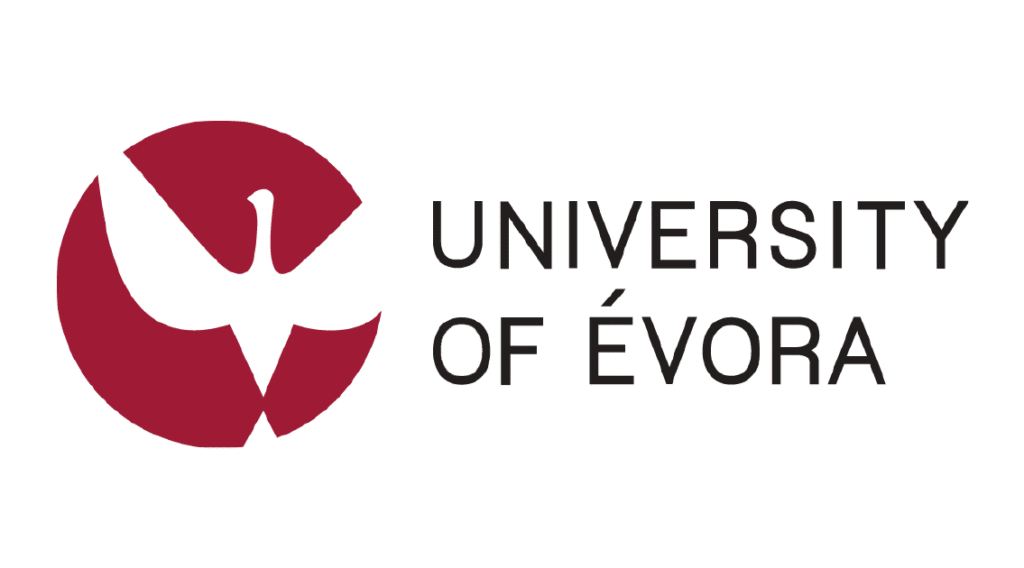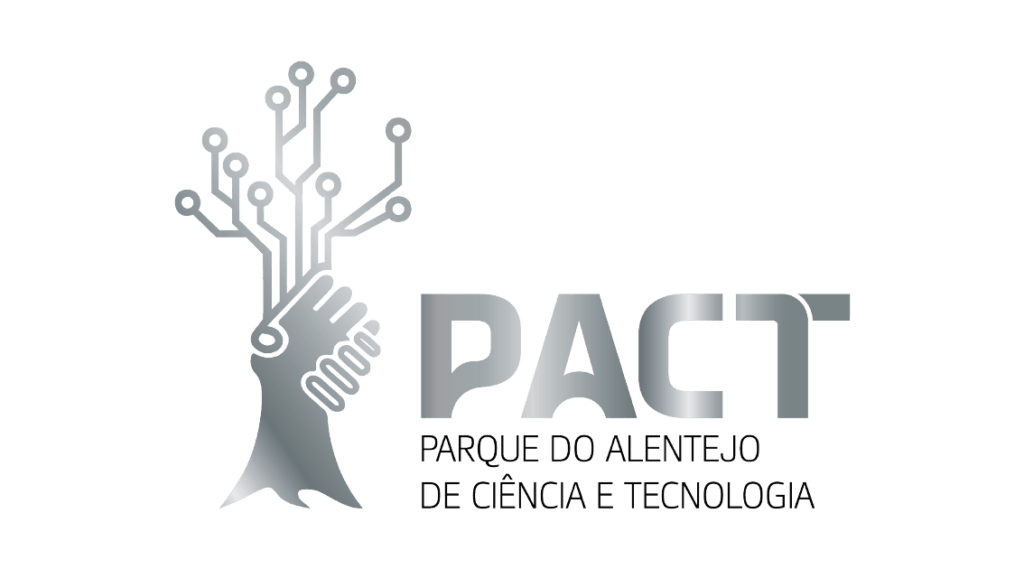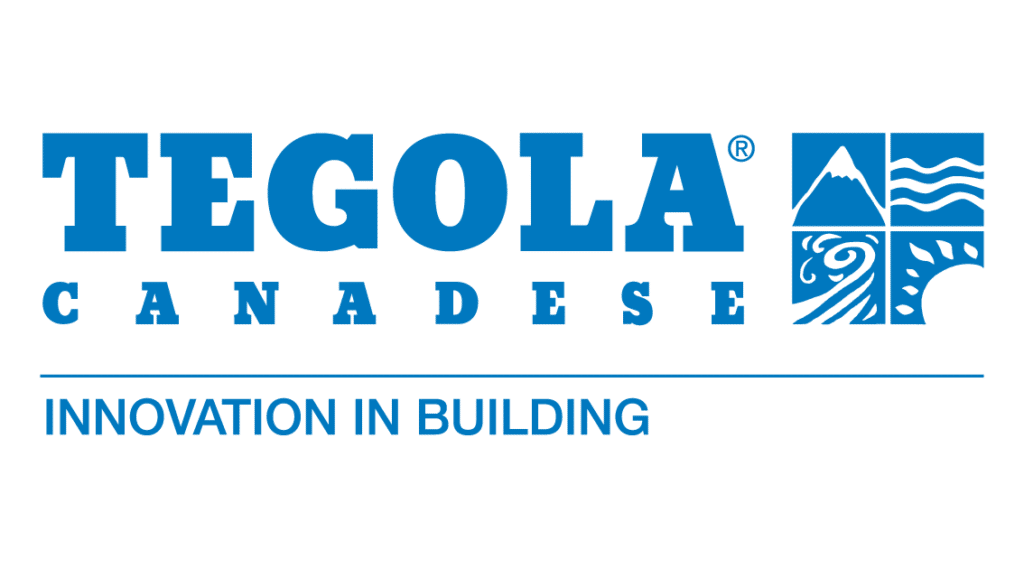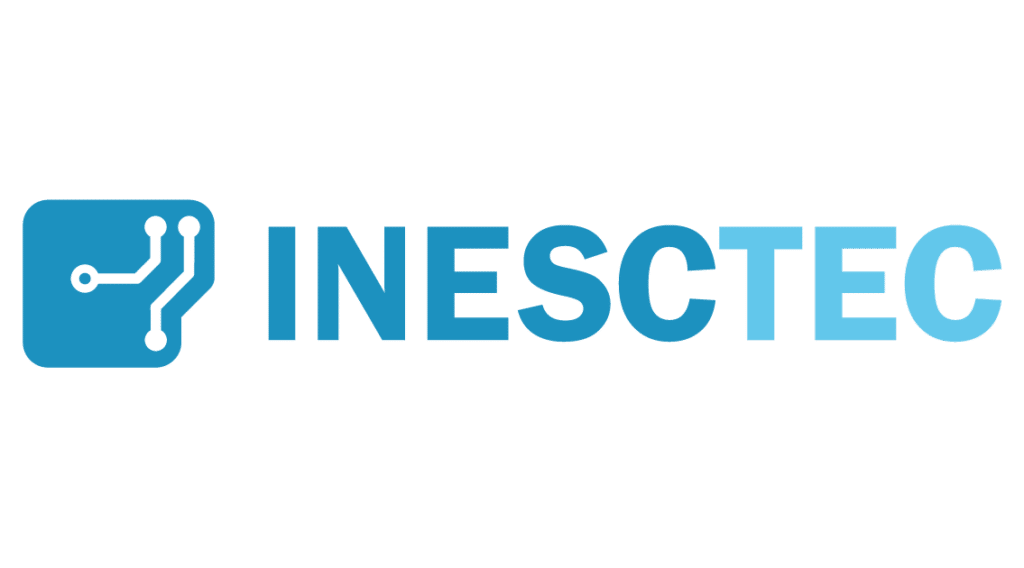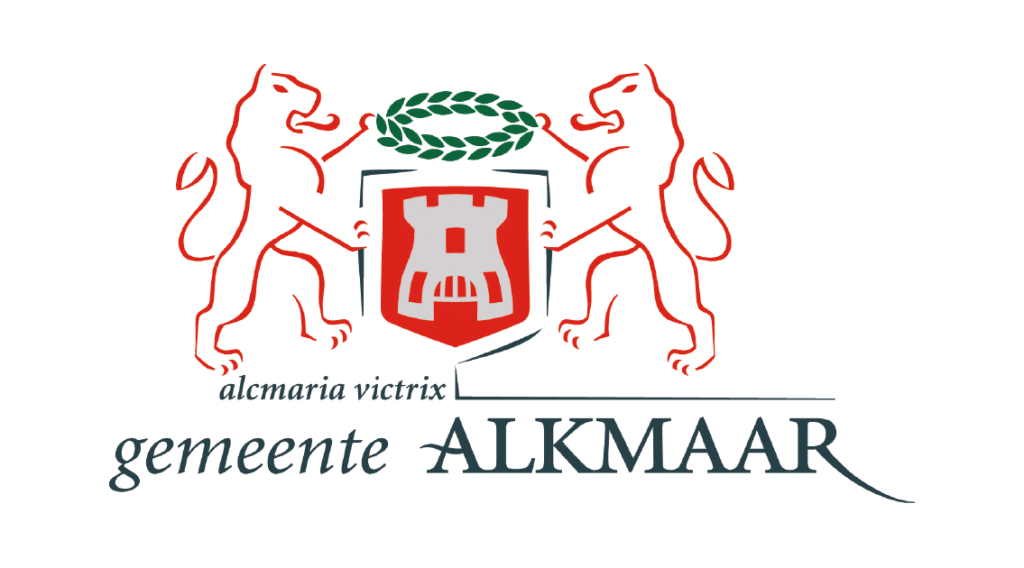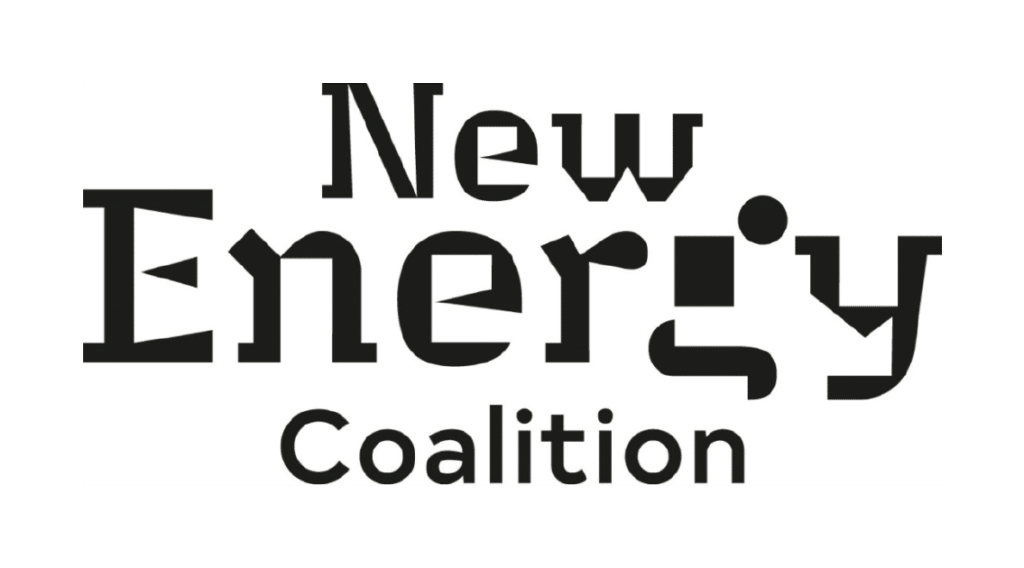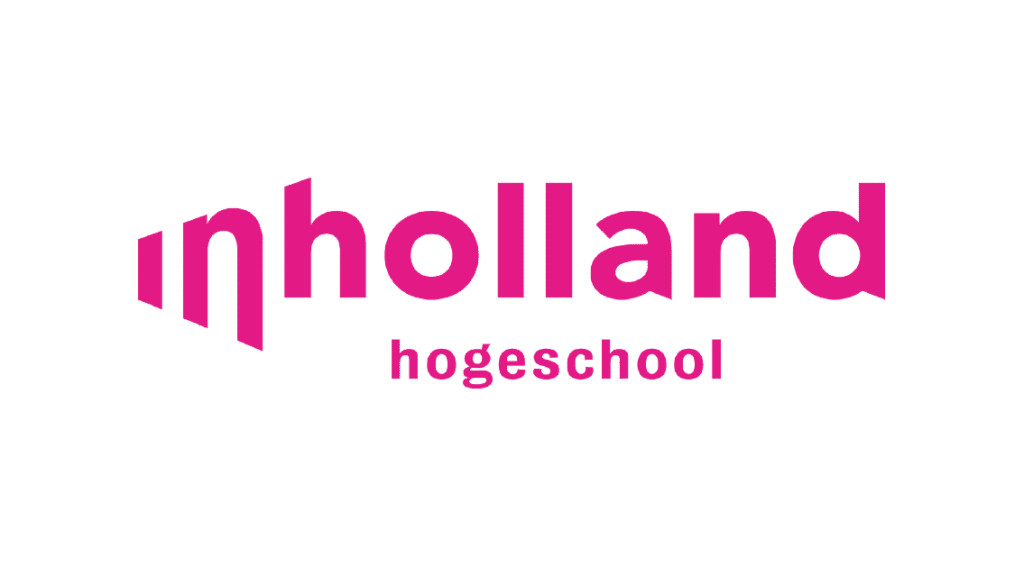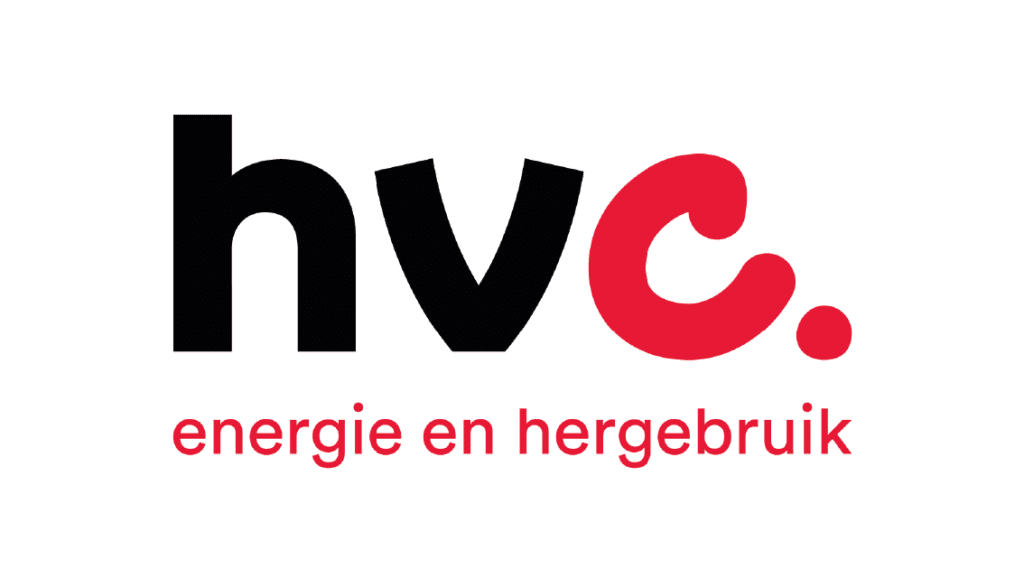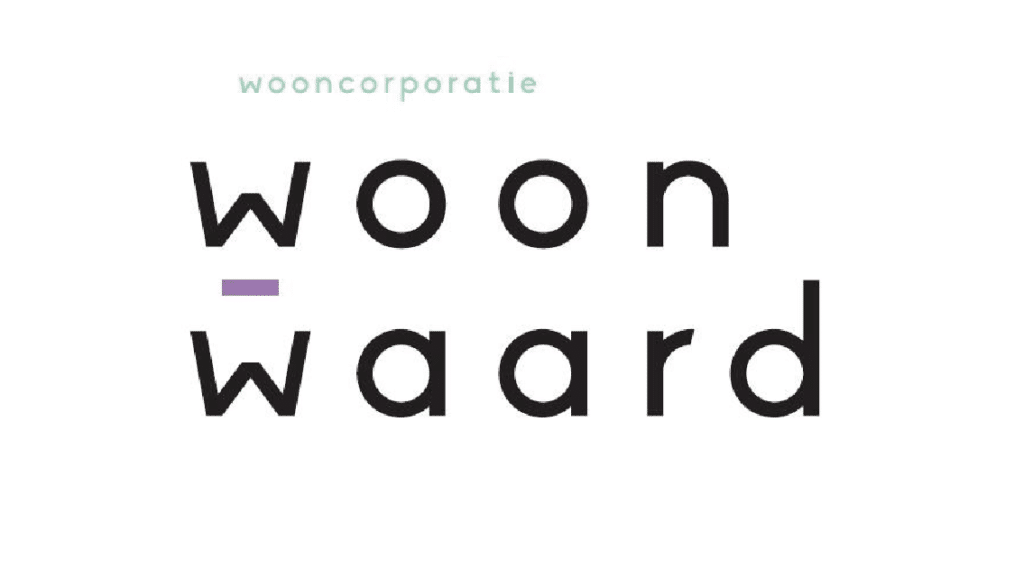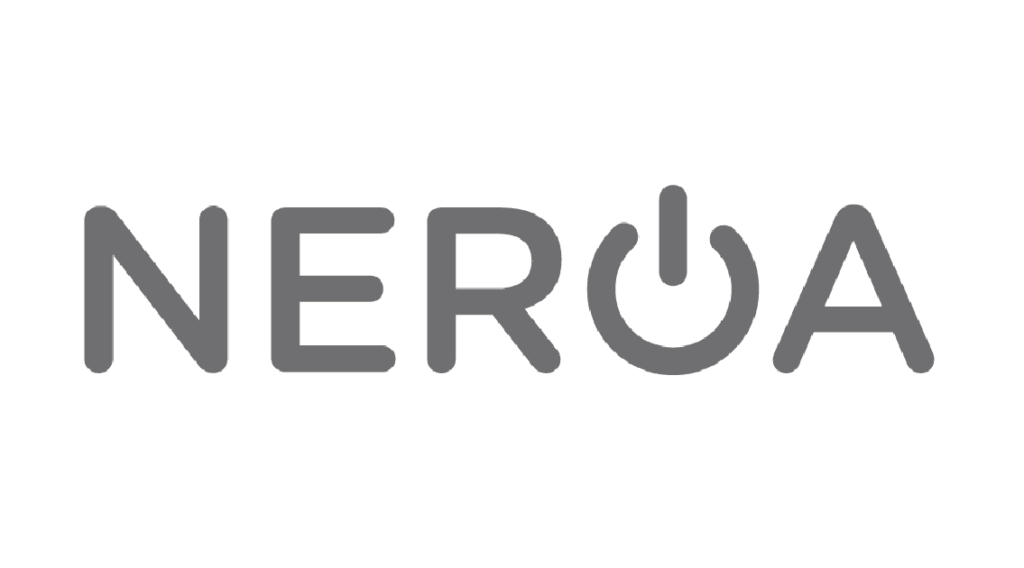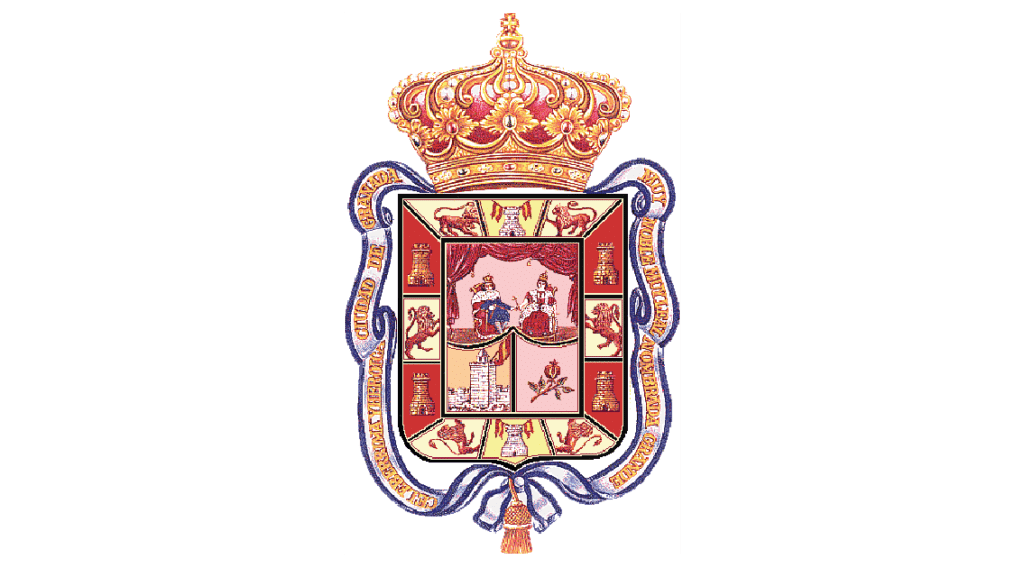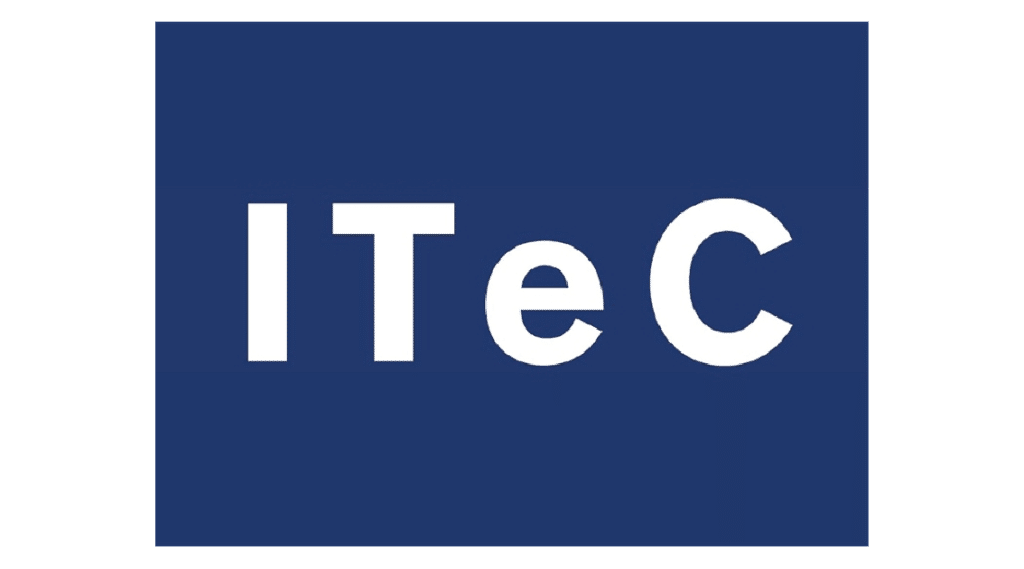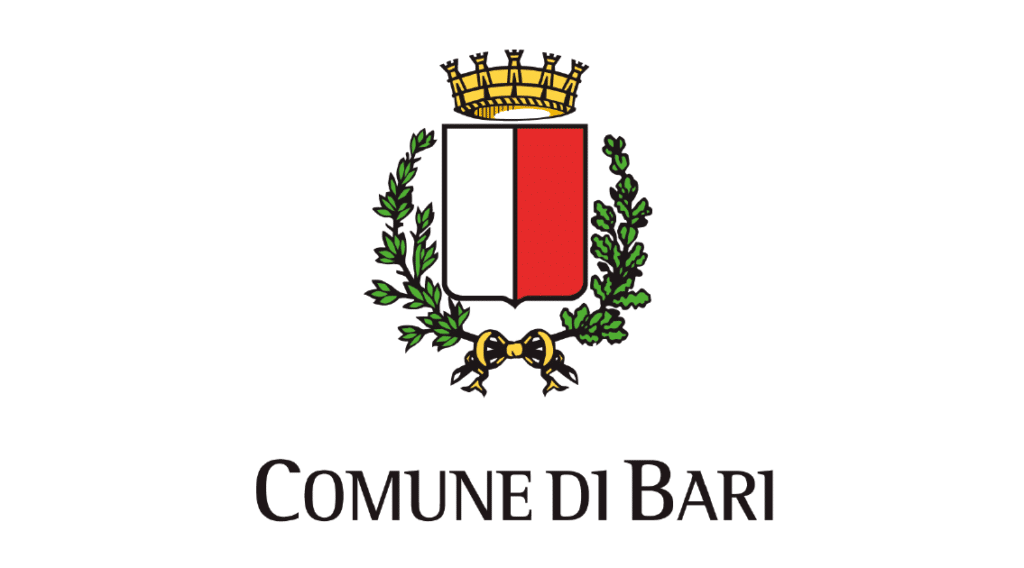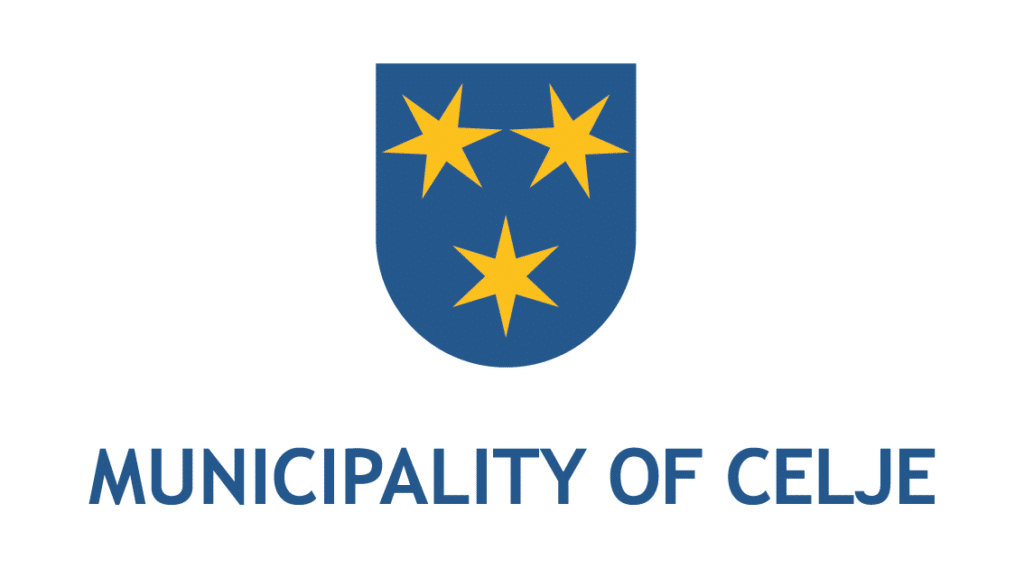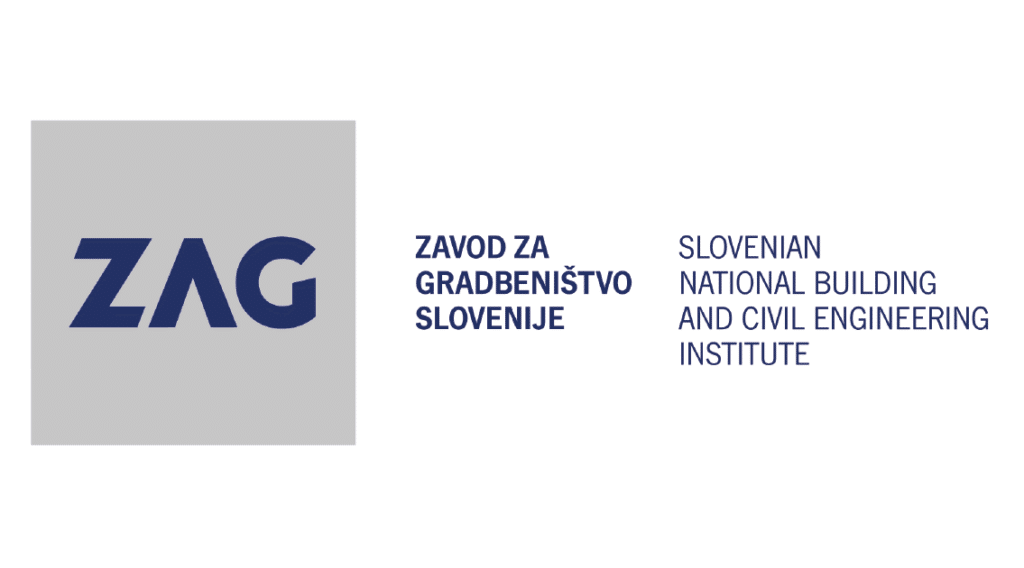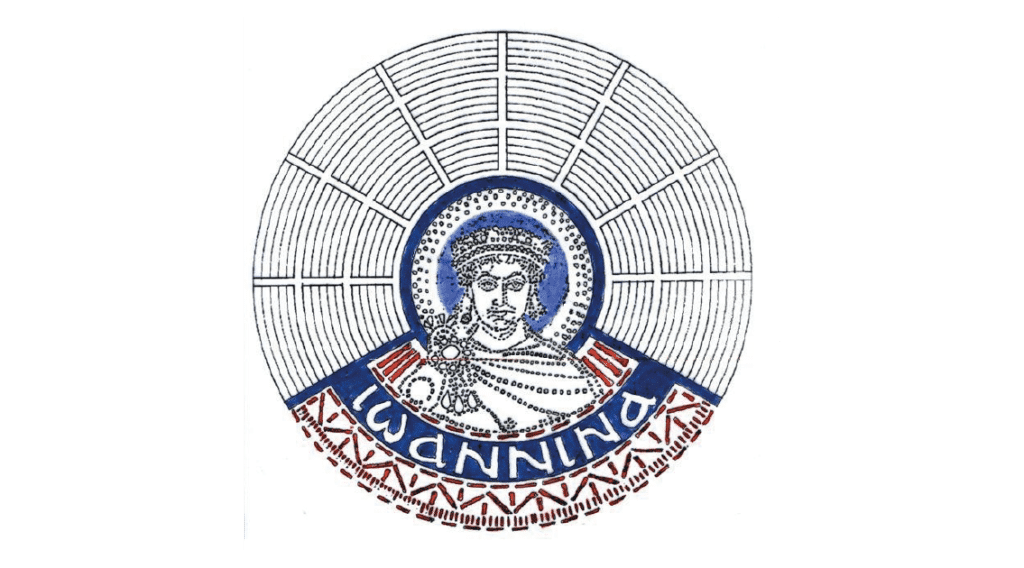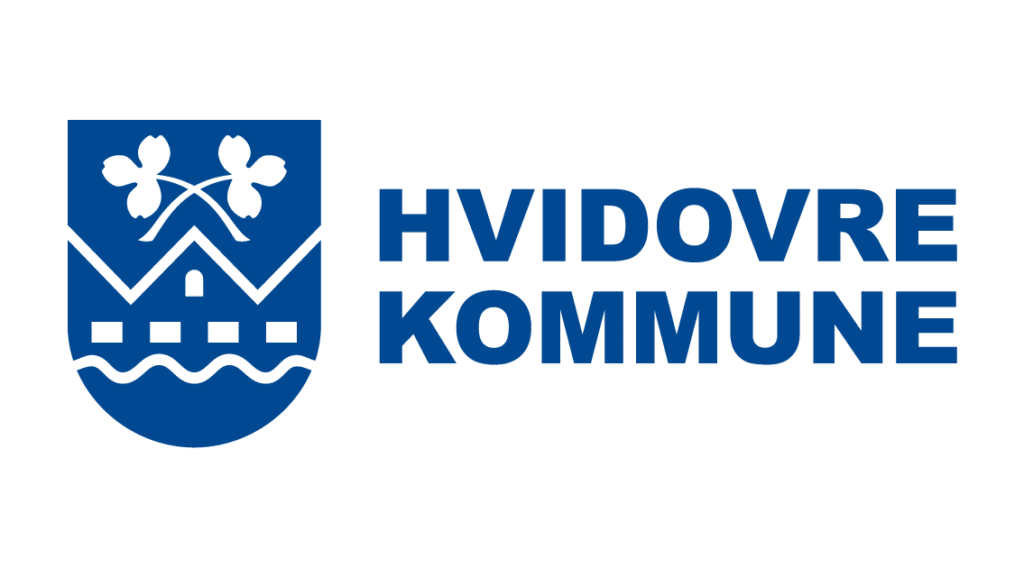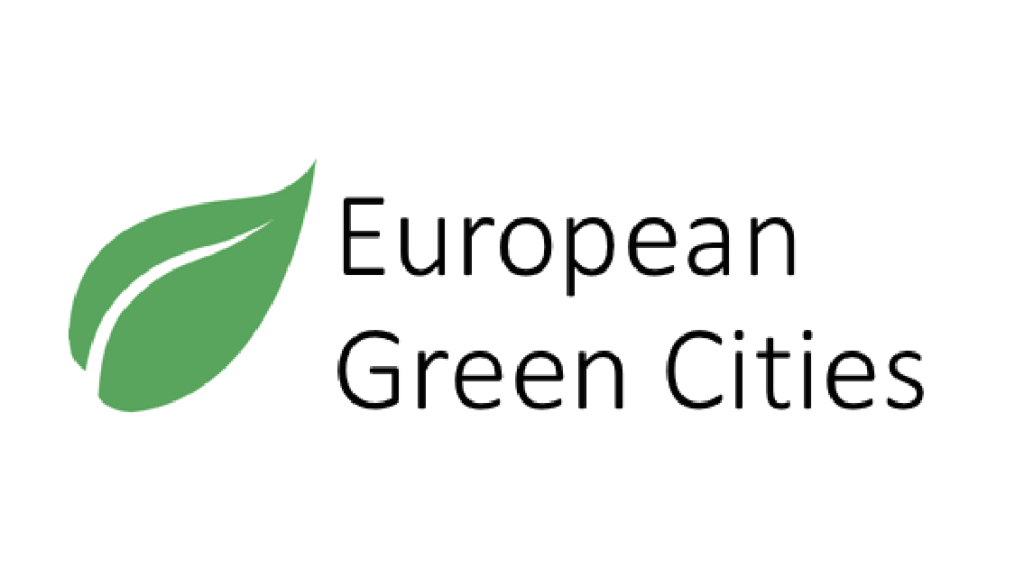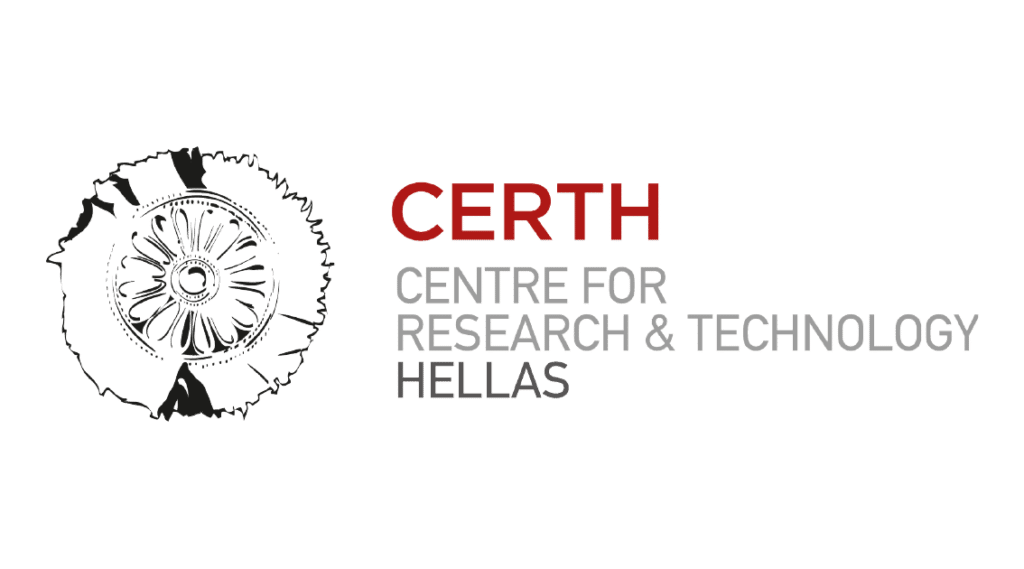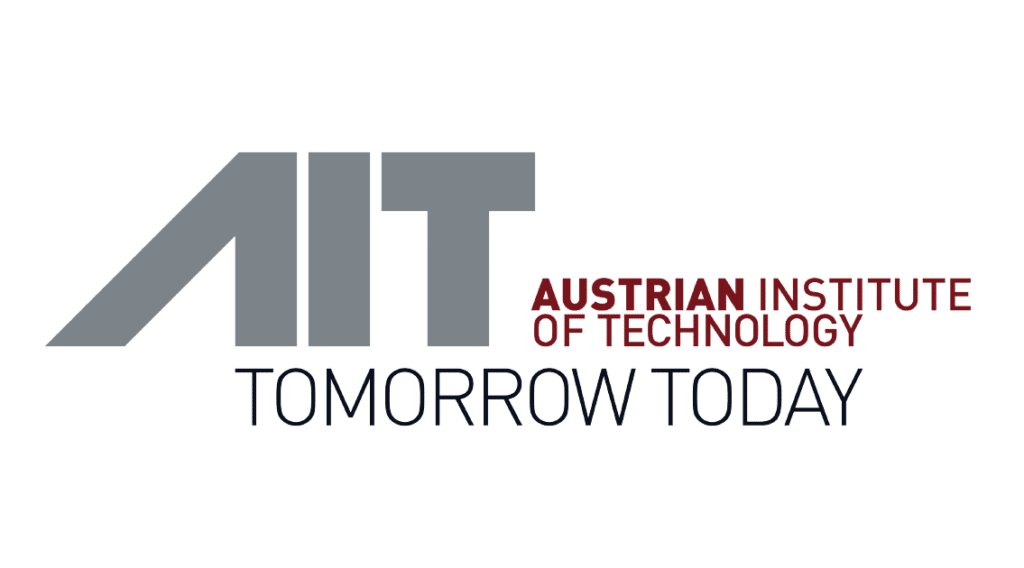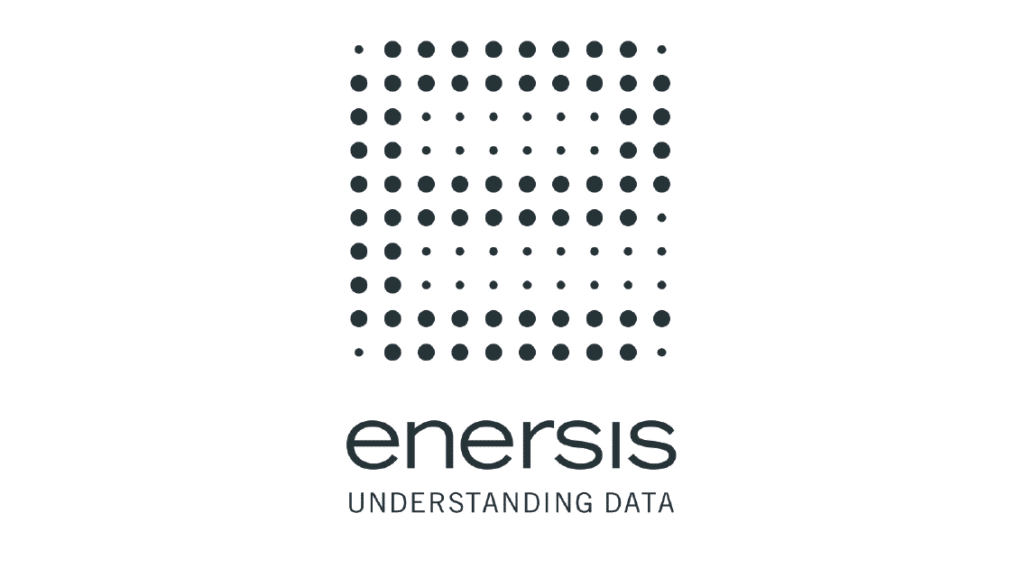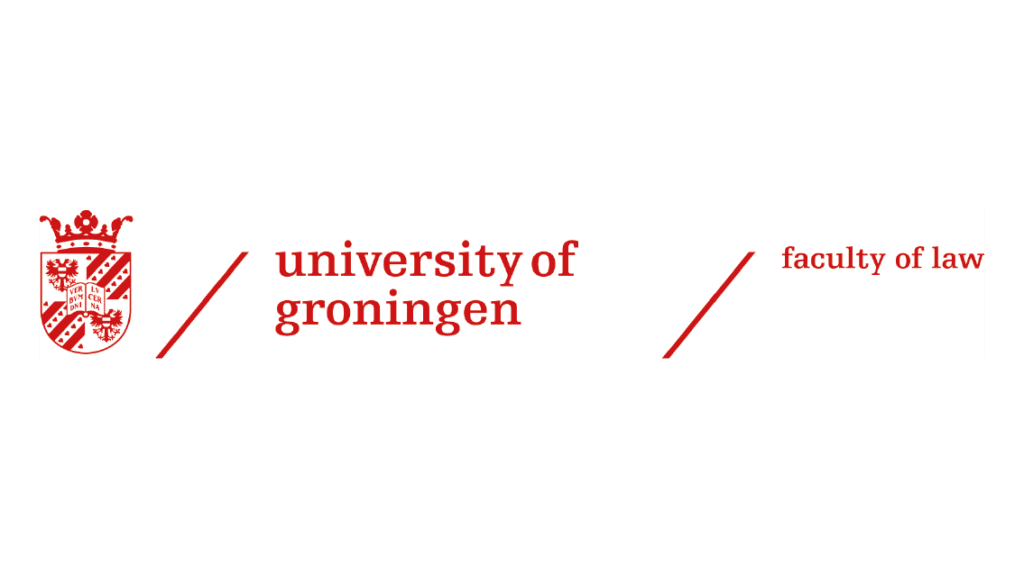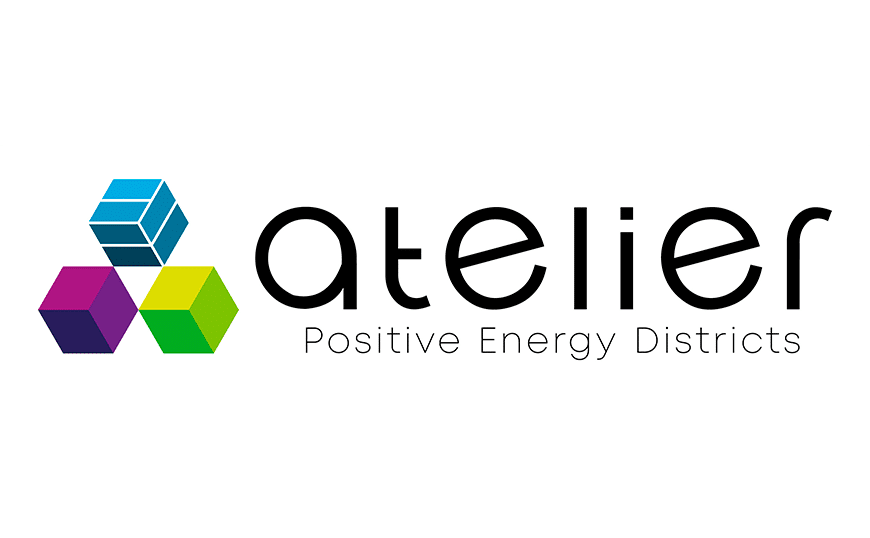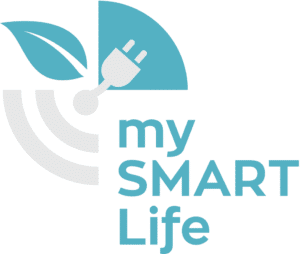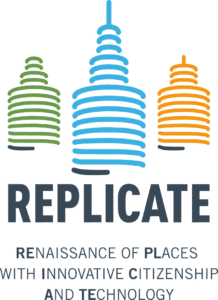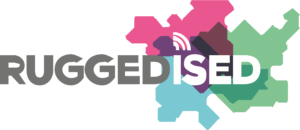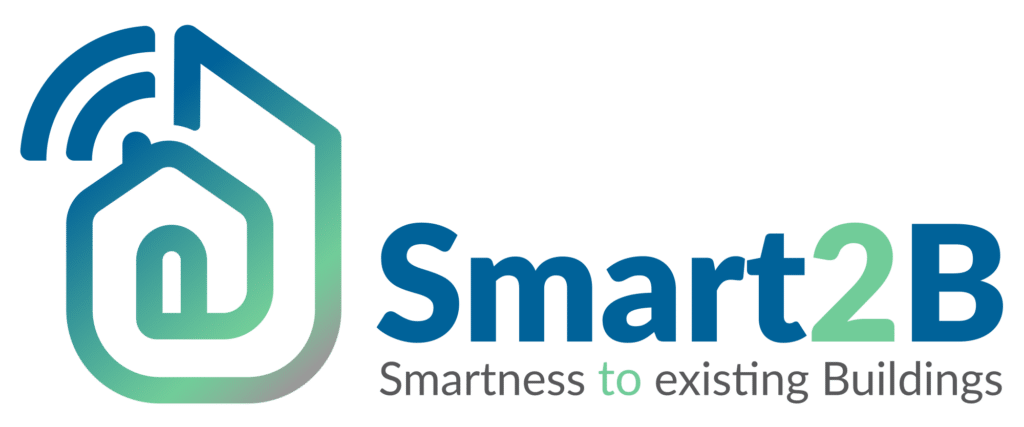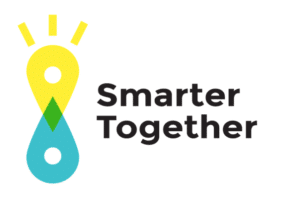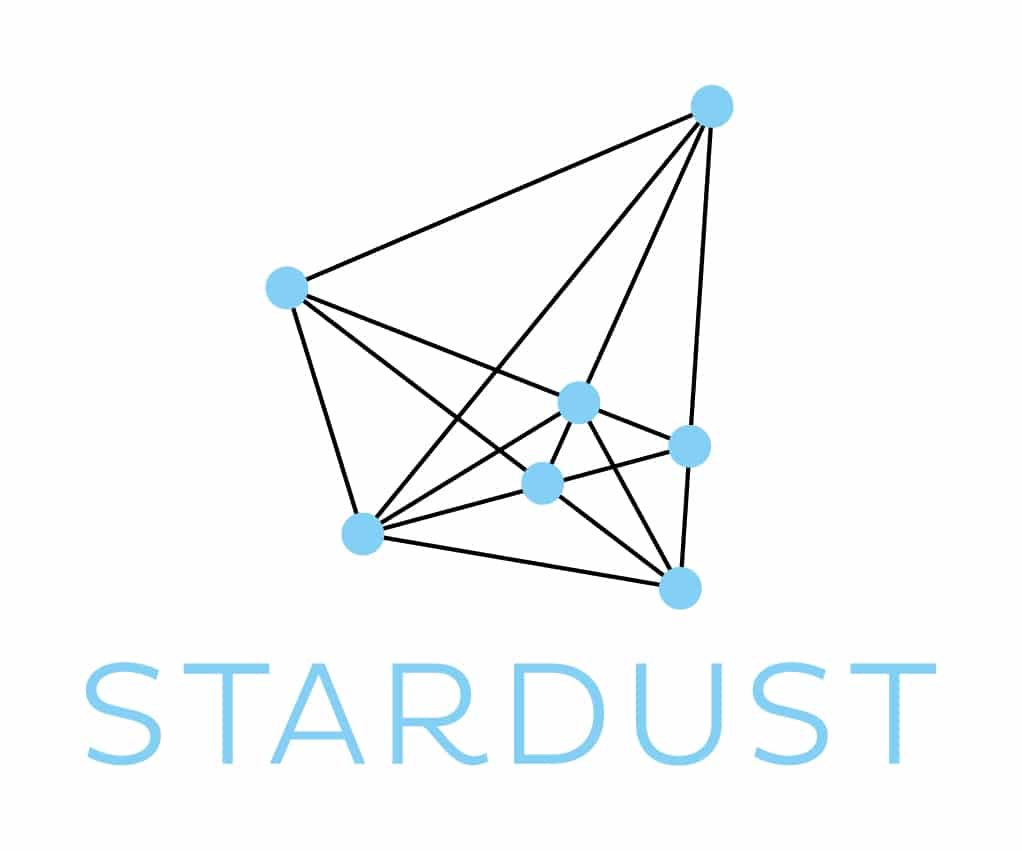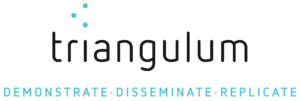- By 2050 80% of population is expected to be living in urban areas
- The majority of European cities has buildings of historical interest
- Cities are responsible for 80% of the global energy consumption
These facts show why it is vital for historic cities, which often face legal restrictions in the retrofitting of buildings of historical interest, to become more sustainable.
Cities are part of the problem but they can be also part of the solution.
With this strong belief, POCITYF will demonstrate innovative smart city technologies in two Lighthouse Cities, Alkmaar (NL) and Evora (PT), and replicate them in 6 Fellow Cities. POCITYF combines Positive Energy Blocks (PEB) with grid flexibility, e-mobility, innovative ICT technologies and citizen engagement strategies, while respecting the urban cultural heritage.
POCITYF engages city administrators, planners, universities, entrepreneurs and citizens in a coordinated effort to model the future development of European cities.
To make sure that the project delivers long-term impact to the cities, POCITYF focuses on citizen needs and embraces citizen-centric design.
Objectives
DEMONSTRATE in the two Light house cities:
- solutions at building and district level that enable the increase of energy self-consumption, energy savings and high share of locally produced renewable energy. This will lead to the deployment of positive energy districts (PEDs) located in mixed use urban districts, including cultural heritage ones.
- P2P energy management and storage solutions supporting grid flexibility and curtailment reduction
- the integration of electro-mobility solutions as an enabler to grid flexibility
- the integration of the latest generation of ICT solutions within existing city platforms
- active citizen engagement services and solutions providing an open innovation ecosystem for citizens to participate in co-creation, decision making, planning and problem solving
REPLICATE the solutions in the Light house cities, in the fellow cities and in many other EU cities. To facilitate this task the following actions will be undertaken:
- Identify related regulatory barriers, legal aspects and data security/protection and propose practical recommendations on how to overcome them.
- Design bankable business models and robust investment concepts that consider the whole PED lifecycle, and test them to reduce technical and financial risks for investors
- Strengthening the links and cooperative innovation with other Smart Cities and Communities Projects and establishing connections with cities ranging in size, geography, climatic zones and economic situations

CREATE and coordinate a network of smart cities for cultural heritage areas.
According to the Historic Urban Landscape Approach adopted by UNESCO, urban heritage constitutes a key resource in enhancing the liveability of urban areas as it represents a source of social cohesion, combining factors of diversity and drivers of creativity, innovation and urban regeneration. By adapting to the Historic Urban Landscape Approach, POCITYF seeks to increase the sustainability of planning and design interventions by considering the existing built environment, intangible heritage, cultural diversity, socio-economic and environmental factors along with local community values.
Partners
POCITYF’s consortium, led by EDP Labelec, is formed by 46 partners from 13 countries: Portugal, Spain, Italy, Germany, Greece, The Netherlands, Slovenia, Hungary, Denmark, Finland, Austria, Belgium and Switzerland.
Évora ecosystem
Alkmaar ecosystem
Fellow cities ecosystem
Horizontal partners
Fellow projects
Media kit
Interested in spreading the word about POCITYF? Here you can find all the visual and communication material you may need
Here you can find POCITYF's logo and brandbook. You will find different digital versions of the logo and the main rules that will guide you through the use of POCITYF's visual identity system. If you want to use the logo on print materials, please contact us.
The leaflet presents POCITYF, its main objective, the Energy Transition Tracks under which the solutions are grouped, the Lighthouse and the Fellow cities.
Here you can download POCITYF's roll-up poster being used at events.

